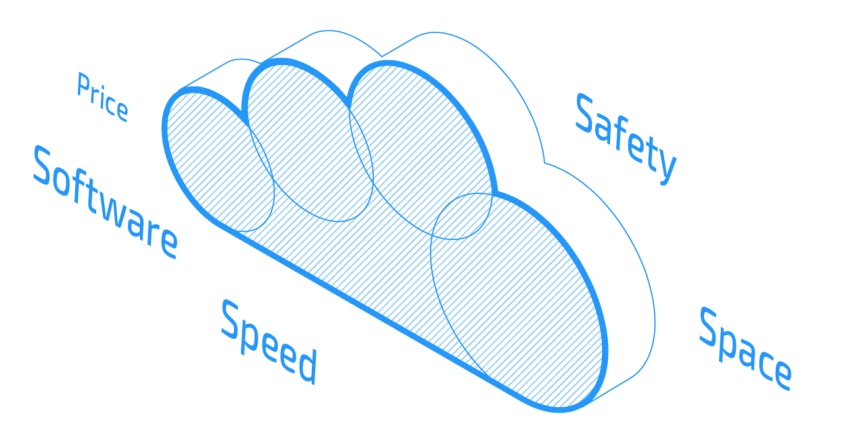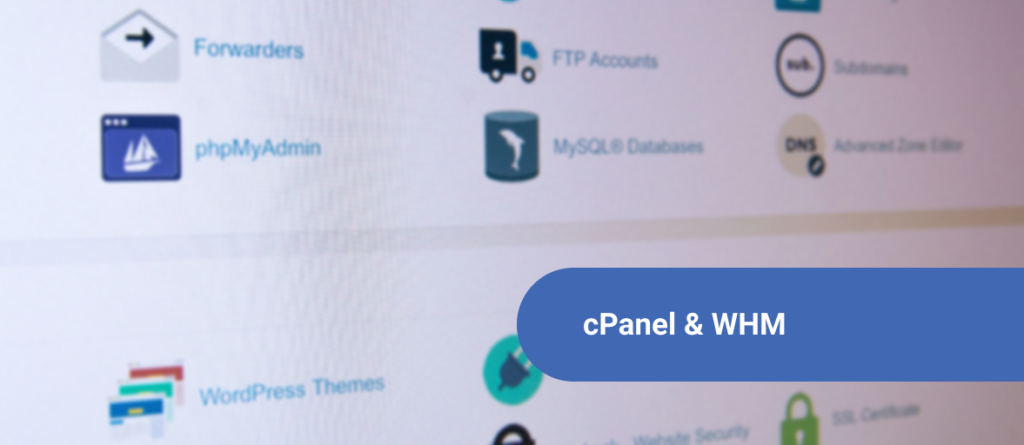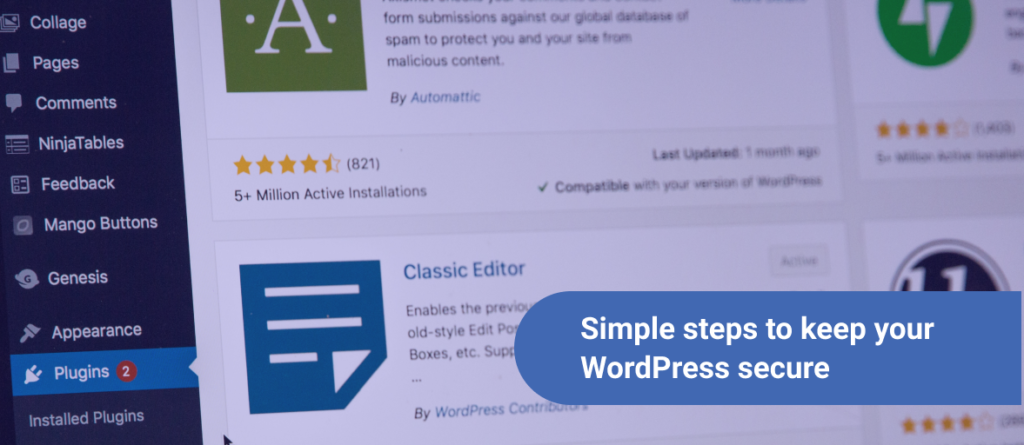A hybrid cloud is a cloud computing setting that uses a combination of in-house, private, and merchant public clouds. Comprised of connecting an in-house data center to a public cloud, the hybrid cloud linkage constitutes various private assets which include edge gadgets and/or other cloud settings.
Hybrid cloud hosting allows businesses to deploy applications and tasks in the private and public clouds, when computing requirements and budgets allow. This allows enterprises greater agility and plenty of task deployments alternatives. Tasks in a hybrid cloud incorporate systems, hosting, and the web service attributes of an app.
Even though you can utilize hybrid and multi-cloud conversely, there are distinctions between the two. A hybrid cloud storage functions in both in-house and in private or public cloud settings.
A multi-cloud surrounding can have two or more public cloud vendors but it doesn’t need an in-house infrastructure.
Advantages of a Hybrid Cloud
Hybrid cloud services allow institutions the ability to deploy extremely important tasks in an in-house setting and have less critical tasks housed on a vendor’s public cloud service offering.
This method gives enterprises the capability to attain the most out of the private and public cloud settings. There are five key advantages in using the hybrid cloud:
1.Elasticity
Users can carry out tasks with different information types in diverse settings and modify their resources according to their requirements. An enterprise can build and deploy a hybrid setting using conventional systems. The most recent cloud technologies can be built without an obligation from a cloud vendor.
An enterprise that’s knowledgeable in hybrid cloud computing technologies can migrate tasks to and from a conventional framework to a cloud provider’s public settings needed.
2.Expenditure Management
Enterprises can manage their expenditure with a private cloud and both own and control its data center environment with less investment and definite costs. Similarly, the private cloud provides resources and tasks that are changeable and operational costs.
As a hybrid cloud user, you’re able to choose what tasks to run in whatever setting is most economical.
3.Dexterity and Scalability
A hybrid cloud supports more resource choices from a public cloud rather than an enterprise server. This ensures the simple allocation of resources whenever there are spikes in demand. When there is a rise in capacity for your in-house server, you can quickly get additional resources and scale in the public cloud.
4.Flexibility and Compatibility
To increase flexibility, an enterprise can run tasks constantly in both private and public clouds. A single task can run and is compatible with both private and public cloud settings.
5.Conformity
Data location conformity means enterprises with greatly supervised industries can’t migrate entire tasks to the public cloud. With a hybrid cloud, an institution keeps tasks in the private cloud setting and then moves tasks to and from the public cloud when need be. This gives enterprises the ability to satisfy regulatory obligations while appreciating the flexibility of the cloud.
Architecture Of a Hybrid Cloud
To establish a hybrid cloud, an institution needs:
- A public framework like infrastructure-as-a-service
- Private computing capability like an in-house data center
- Enough bandwidth for bridging the hybrid private and public cloud frameworks
Bottom line…
Have you been meaning to harness the power of the hybrid cloud but have questions about how to go about it? Talk to us and let’s help your enterprise migrate to the cloud.
We are more than happy to hear from you anytime.







